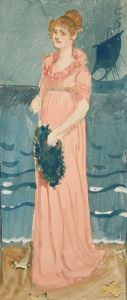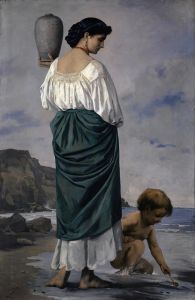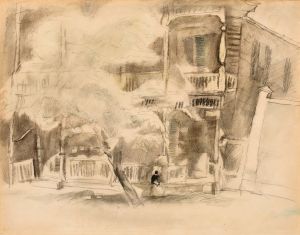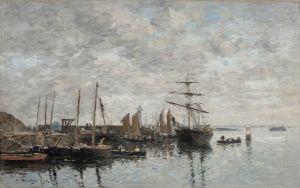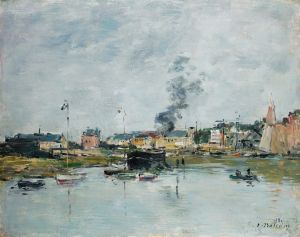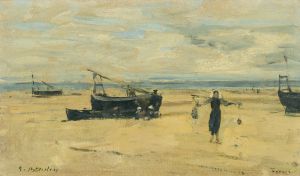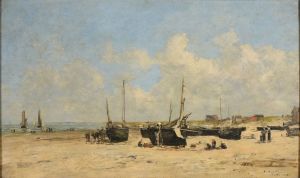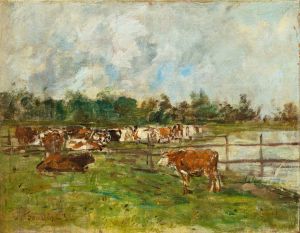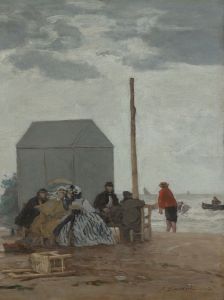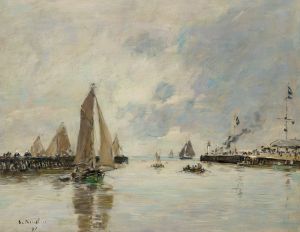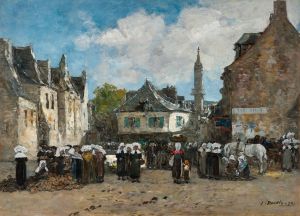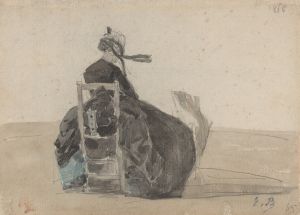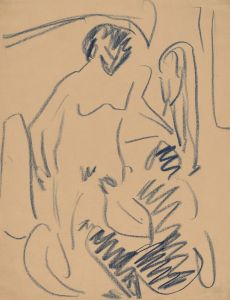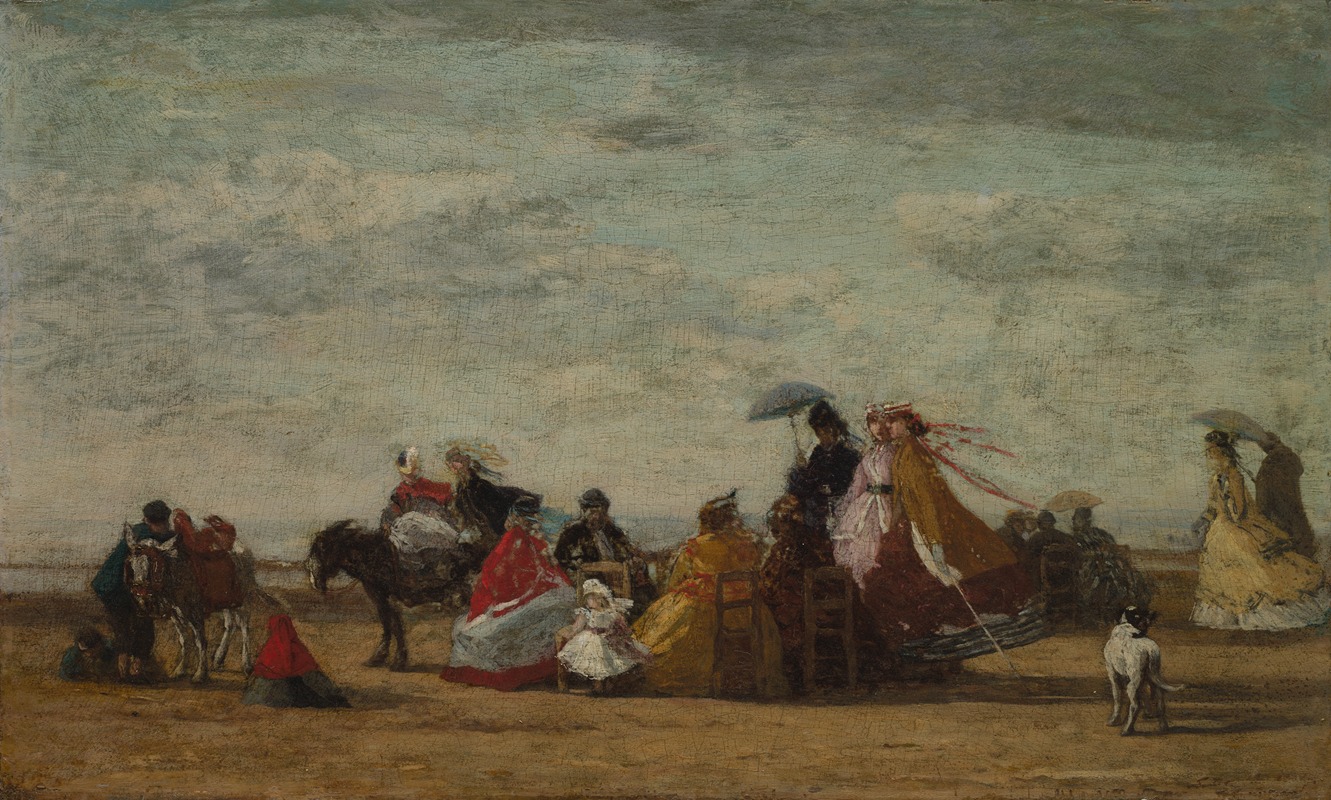
Beach Scene
A hand-painted replica of Eugène Boudin’s masterpiece Beach Scene, meticulously crafted by professional artists to capture the true essence of the original. Each piece is created with museum-quality canvas and rare mineral pigments, carefully painted by experienced artists with delicate brushstrokes and rich, layered colors to perfectly recreate the texture of the original artwork. Unlike machine-printed reproductions, this hand-painted version brings the painting to life, infused with the artist’s emotions and skill in every stroke. Whether for personal collection or home decoration, it instantly elevates the artistic atmosphere of any space.
Eugène Boudin (1824–1898) was a French painter renowned for his seascapes and beach scenes, which played a significant role in the development of Impressionism. One of his notable works, "Beach Scene," exemplifies his mastery in capturing the interplay of light, atmosphere, and human activity along the coast. Painted during the mid-to-late 19th century, this artwork reflects Boudin's fascination with the seaside and his ability to depict the leisure activities of the bourgeoisie.
Boudin was among the first French landscape painters to work en plein air, or outdoors, which allowed him to observe and render the transient effects of light and weather with remarkable accuracy. "Beach Scene" is a testament to this approach, showcasing his skill in portraying the natural environment and the social life of his time. The painting typically features a sandy beach populated with figures engaged in leisurely pursuits, such as strolling, sitting, or conversing. The sky, often a dominant element in Boudin's works, is rendered with soft, dynamic brushstrokes, capturing the changing clouds and the luminosity of the coastal atmosphere.
Boudin's beach scenes were particularly innovative because they depicted contemporary life, focusing on the growing trend of seaside tourism in 19th-century France. This subject matter was relatively new in art at the time and reflected the cultural shifts brought about by industrialization and improved transportation, which made coastal destinations more accessible to the middle and upper classes. His works often included women in elegant dresses and parasols, emphasizing the fashion and social customs of the era.
"Beach Scene" is representative of Boudin's broader oeuvre, which earned him recognition as a precursor to Impressionism. His emphasis on light and color, as well as his loose, fluid brushwork, influenced younger artists such as Claude Monet, who regarded Boudin as a mentor. Monet himself credited Boudin with encouraging him to paint outdoors and to focus on the effects of light and atmosphere.
While specific details about the creation date or the exact location depicted in "Beach Scene" may vary depending on the particular painting referenced, Boudin's beach scenes collectively remain celebrated for their charm, technical skill, and historical significance. Today, his works are housed in major museums and collections worldwide, where they continue to be appreciated for their contribution to the evolution of modern art.





